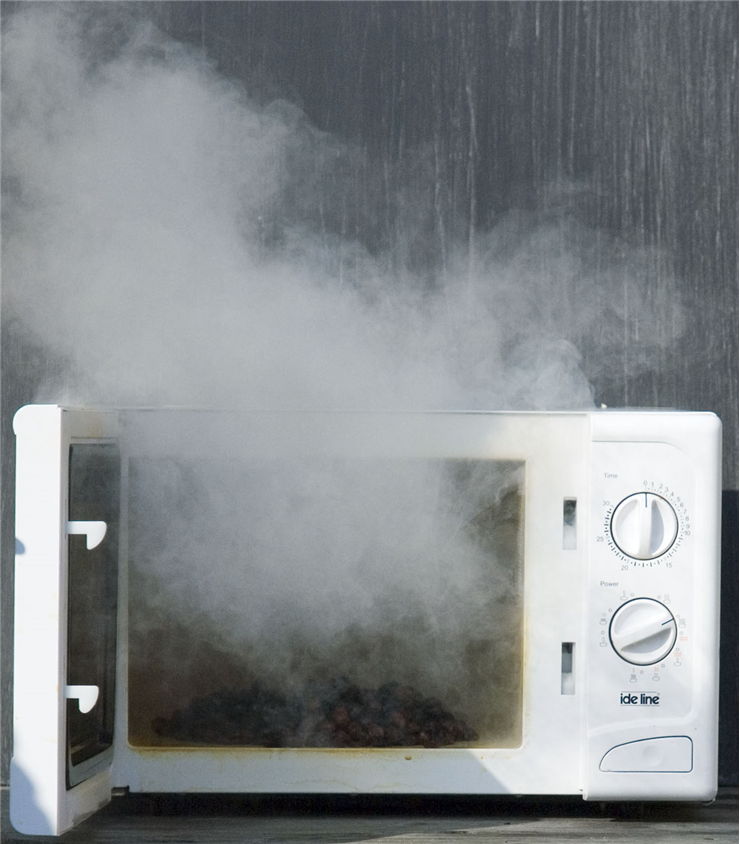Microwave Oven’s Effects on Health
Microwave oven can have different effects on health depending on its use.
If used properly, food prepared in the microwaves keeps more nutrients than food cooked in conventional ovens because of the reduced preparation time, as several studies have shown. Food prepared like that is healthier. Nutrients are also lost into the water in which the food is cooked and because food is not prepared in water when cooked in microwave, less nutrients are lost this way. When cooked in microwave oven spinach keeps almost all its folate, while when it is cooked on a traditional stove it loses about 77%. Significantly lower levels of carcinogenic nitrosamines are found in the bacon that is cooked in microwave oven than in bacon that is cooked in traditional ways or even fried. Because the food is cooked at lower temperatures, practically at the boiling point of water, tars and char, which are carcinogenic, are not formed on the food. While frying and baking produces acrylamide in potatoes (which could be carcinogen), microwaving does not. Blanched food in a microwave oven retains 3-4 times more water-soluble vitamins folic acid, thiamin and riboflavin than food blanched on boiled water over a stove which makes the food healthier.
If not used properly, microwave oven can have negative effects on health. Microwaving converts vitamin B12 from an active to inactive form, but that is an effect of other heating methods also. How much of B12 will be inactivated depends on the temperature reached and of the cooking time. Boiled food reaches a maximum of 100 °C while microwaved food can get hotter in some spots than this which breaks down vitamin B12 faster. If a microwave oven is used to reheat leftover food, and food is not heated to high enough temperature, bacterial contamination may not be repressed. This can result resulting in foodborne illness, as with all reheating methods that are inadequate. If homogeneous liquids are heated in a container with a smooth surface, superheating can happen. This is a phenomenon where liquid reaches a temperature which is slightly above its normal boiling point but no bubbles of vapor form inside the liquid. Then, if a surface of liquid that is heated in that way is disturbed, a rather violent boiling process can start which can burn a person that handles the container or adds solid ingredients such as powdered creamer or sugar. Closed containers, such as eggs, can explode when heated in a microwave oven due to the steam pressure buildup inside of them. Products that are heated for too long can start burning with flame as with other heating methods. Microwave ovens generally don’t leak radiation and if they do don’t have ionizing radiation so they can’t make things radioactive but they can damage tissue in the same way they affect foot - with heat. That is why it is very important to keep microwave ovens in working order and every microwave oven sold and in proper condition has a protective lock that turns off the magnetron if the door is open or improperly latched. There are types of plastic that can be toxic if used in microwave ovens. It is necessary to use only containers that are marked as "microwave safe".
